Jackfruit is commonly seen in tropical Asian regions, particularly in Southeast Asian countries, but it remains largely unknown in the United States. It’s believed to be native to the Western Ghats of southwest India, although some authors claim it originated from Malaysia. Jackfruit is found in many parts of Asia, Africa and South America today.
Jackfruit resembles a durian, with its round or oblong shape and an outer surface covered with blunt, thorn-like projections. However, unlike a durian, jackfruit has a sweet and fruity aroma. It’s also the largest fruit that grows on a tree, reaching up to 35 inches long and weighing up to 120 pounds.
Because of jackfruit’s size and prickly exterior, it can be a difficult to prepare, so be careful when you crack it open with a knife. This fruit also has a sticky, natural latex substance, so make sure you slather your hands and kitchen utensils with oil before preparing it or wear a pair of gloves, especially if you have a latex allergy.
Once cracked open, you’ll see pale yellow pods or bulbs that serve as fleshy coverings for the seeds. This part of the fruit tastes sweet and can be eaten as is when ripe. In unripe jackfruit, the pods have a neutral flavor and a texture similar to chicken, making them a good vegetarian substitute for meat. Even the round, dark seeds can be a source of food; You just have to roast them as you would a chestnut.
Fresh jackfruit is sold at Asian markets and specialty stores. When buying one, avoid those with black spots. This fruit can ripen even as it rests, so if you’re planning to use it unripe to make savory dishes, remove the fleshy sections and freeze them as soon as possible. Ripened jackfruit, on the other hand, may last for up to a week in the refrigerator or a month in the freezer.
Health Benefits of Jackfruit
Jackfruit is a nutritional bonanza; It is rich in vitamins and minerals, as well as dietary fiber, which may not only help improve digestion but also lower your risk for heart disease, diabetes, obesity and gastrointestinal problems. One of the vitamins present in high amounts in jackfruit is vitamin C, a powerful antioxidant that may help fight off infections while scavenging harmful free radicals in the body.
Jackfruit is rich in B-complex vitamins, particularly niacin, pyridoxine, riboflavin and folate, which are necessary for optimal brain function, as they help promote energy production and the synthesis of DNA, neurochemicals and signaling molecules. It is a viable source of manganese as well. This essential mineral is involved in the formation of bones and the metabolism of cholesterol, carbohydrates and amino acids.
Jackfruit contains vitamin A and carotenoids, including beta-carotene, alpha-carotene, lutein and zeaxanthin, which may have beneficial effects on chronic degenerative diseases like cancer, age-related macular degeneration and cardiovascular disease.
However, it’s important to note that jackfruit contains fructose, which can be harmful to your health when consumed in excessive amounts, so make sure you eat this fruit in moderation. Learn more about the nutritional profile of jackfruit using the nutrition facts table below:
Jackfruit Nutrition FactsServing Size: 3.5 ounces (100 grams),raw or frozen |
||
| Amt. Per Serving |
||
| Calories | 95 | |
| Total Fat | 0.64 g | |
| Saturated Fat | 0.195 g | |
| Trans Fat | ||
| Cholesterol | 0 mg | |
| Sodium | 2 mg | |
| Total Carbohydrates | 23.25 g | |
| Dietary Fiber | 19.08 g | |
| Sugar | 1.5 g | |
| Protein | 1.72 g | |
| Vitamin A5 mcg | Vitamin C | 13.7 mg |
| Calcium24 mg | Iron | 0.23 mg |
Studies on Jackfruit
A study published in Plant Foods for Human Nutrition indicated that jackfruit pulp is a natural source of antioxidants that protect cells from free radical damage. This means the fruit may help slow down skin aging and assist in repairing damaged molecules, like DNA.
Another study found that jackfruit contains lignans, isoflavones and saponins, which are beneficial phytonutrients that have been shown to offer anticancer, antihypertensive, antiaging and antiulcer properties.
Moreover, a study published in The Ceylon Medical Journal categorized jackfruit as a low-glycemic index fruit, which is attributed to its dietary fiber content. Consumption of unripe jackfruit can even be used to fight high blood sugar levels, according to one study in the International Journal of Diabetes.
Researchers regard jackfruit as a “miracle” food crop that could be a replacement for staple crops under threat from climate change. It is easy to grow and can survive high temperatures, pests and diseases, and is even drought-resistant.
According to Shyamala Reddy, a biotechnology researcher at the University of Agriculture Sciences in Bangalore, India, jackfruit is rich in calories and nutrients and if a person eats 10 to 12 bulbs, they wouldn’t need food for another 12 hours. For these reasons, researchers believe that this fruit may be utilized to help save millions of people from hunger.
Jackfruit Fun Facts
A common misconception about jackfruit is that its seeds are toxic. This may be due to the fact that they contain tannins and trypsin inhibitors when eaten raw. These substances can hinder the absorption and digestion of nutrients, as well as increase bleeding in people who take certain medications. For this reason, jackfruit seeds should always be cooked before consumption. Its flesh, on the other hand, is safe to eat raw.
Summary
Aside from its distinctive tropical flavor (often likened to mangoes and pineapples), jackfruit has an impressive nutritional profile that includes vitamins, antioxidants and phytonutrients. Researchers believe this tropical fruit could help solve the food shortage problem because it is high in calories, rich in fiber, has virtually no unhealthy fat and can be grown very easily.

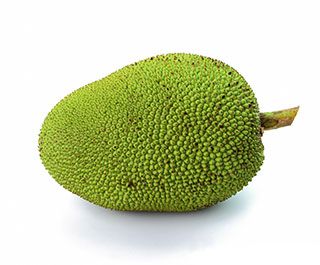
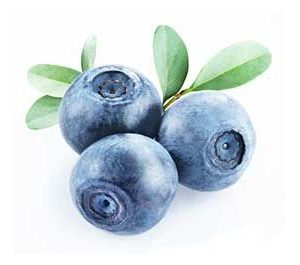
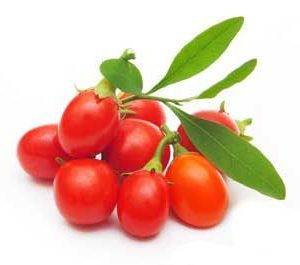
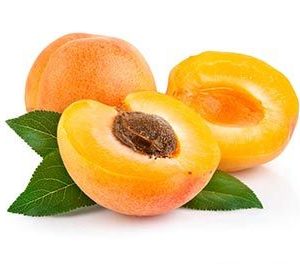
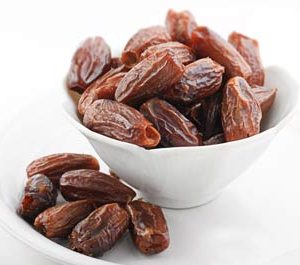

Reviews
There are no reviews yet.